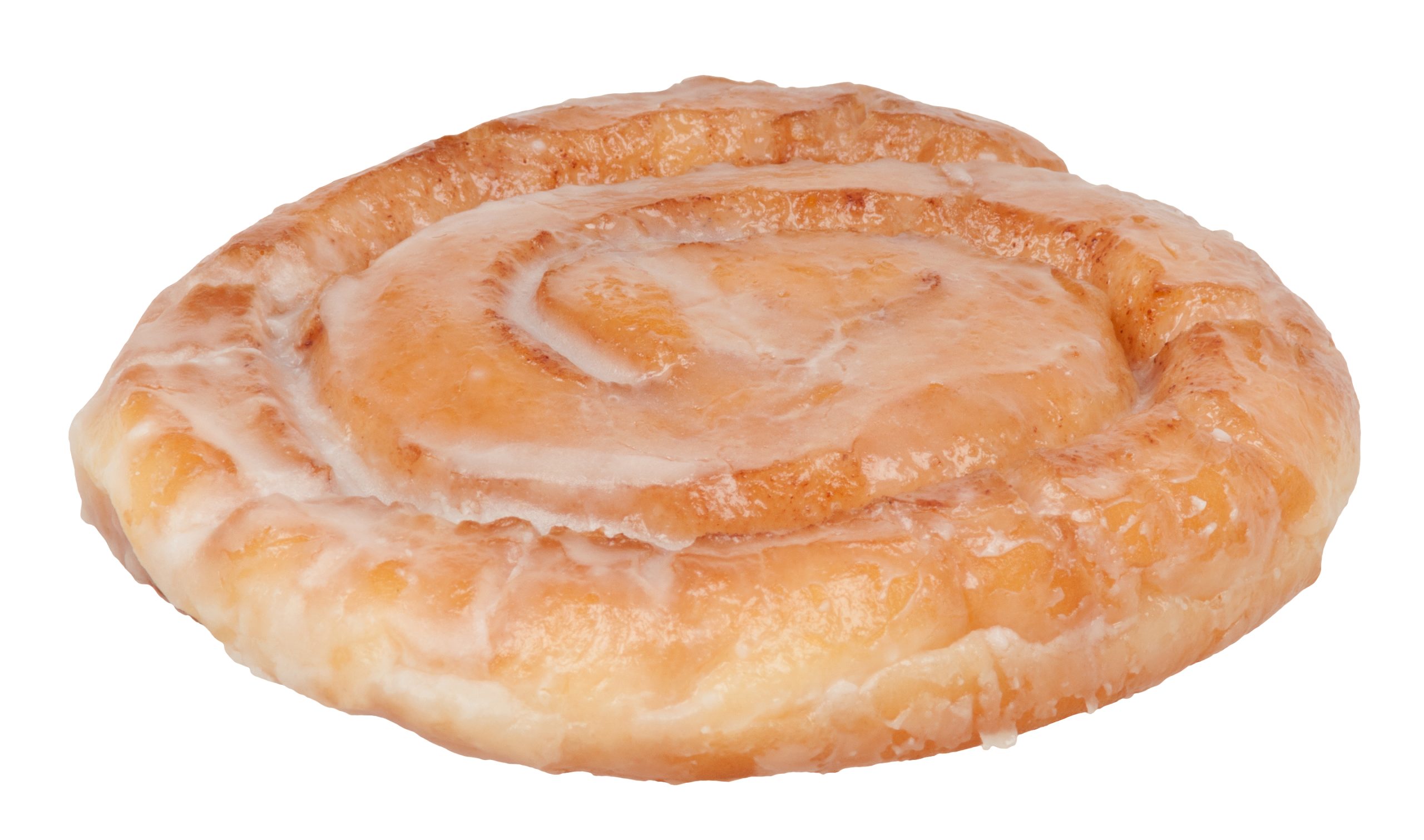In our fast-paced lives, the allure of single-serving snacks is undeniable. Those perfectly portioned bags of chips offer grab-and-go convenience that seems tailor-made for busy schedules, lunchboxes, and portion control efforts. However, this convenience comes at a significant cost to your wallet and potentially to the environment. While seemingly small purchases, single-serving packaging adds up quickly over time. Let’s break down why relying on these individual packs hurts your budget and explore smarter, more economical alternatives.

Image Source: Wikimedia Commons
The Convenience Premium: Why Singles Cost More
Manufacturing, packaging, and distributing products in individual small containers is inherently more expensive than selling them in bulk formats. Each tiny bag, cup, or wrapper requires its own materials, processing, and handling, adding costs that manufacturers pass directly to consumers. You are essentially paying a premium for the convenience of not having to portion the snack yourself. While convenient, consistently choosing single-serve options means you are spending significantly more for the same amount of actual food product compared to buying a larger size.
Breaking Down the Unit Price Difference

Image Source: Pexels
The true cost difference becomes clear when you compare the unit price. Take a moment in the grocery aisle to compare the unit price of a multipack of single-serving chip bags versus a large family-size bag. You’ll almost invariably find that the unit price for the single-serving options is substantially higher, sometimes double or even triple the cost of the bulk version. This difference represents the “convenience tax” you pay for those individual portions, money that could stay in your pocket with a different approach.
The Environmental Cost of Excess Packaging
Beyond the financial impact, the proliferation of single-serve snacks contributes significantly to packaging waste. Each wrapper, plastic cup, or small box uses resources to produce and often ends up in the landfill. This contributes to plastic pollution and environmental strain. Opting for larger packages dramatically reduces the amount of packaging material consumed and disposed of per serving. Choosing more sustainable snacking strategies is not only good for your wallet but also a step towards reducing your environmental footprint, aligning financial savings with ecological responsibility.
Smart Strategy 1: Buy in Bulk and Portion Yourself
The most direct way to combat the single-serve premium is to buy snacks in larger, family-size or bulk packages and portion them out yourself. Invest in a set of small reusable containers, silicone bags, or even simple zip-top bags. Dedicate a few minutes after grocery shopping or at the beginning of the week to divide snacks like crackers, pretzels, nuts, dried fruit, or cereal into grab-and-go portions. This small investment of time yields significant savings and dramatically reduces packaging waste in the long run.
Smart Strategy 2: Embrace Homemade Snacks

Image Source: Pexels
Another highly cost-effective and often healthier alternative is to make your snacks at home. Simple recipes for granola bars, energy balls, muffins, trail mix, or even baked veggie chips allow you to control the ingredients (reducing sugar, salt, and preservatives) while saving money compared to store-bought options, especially single-serving ones. Making a large batch on the weekend provides convenient grab-and-go snacks for the entire week. This approach offers nutritional benefits alongside financial savings and further minimizes packaging waste.
Smart Strategy 3: Choose Naturally Portioned Whole Foods
Nature provides its perfect single-serving snacks that require minimal or no packaging. Fresh fruits like apples, bananas, oranges, and grapes are portable, nutritious, and naturally portioned. Hard-boiled eggs offer a protein boost, while handfuls of nuts or seeds provide healthy fats and energy. Single-serving cheese sticks or small containers of plain yogurt (portioned from a larger tub) are also great options. Prioritizing these whole-food snacks over processed, individually packaged items is beneficial for both your health and your budget.
Snack Smarter, Save More
While the convenience of single-serve snacks is tempting, the cumulative financial cost and environmental impact are substantial drawbacks. By understanding the premium you pay for packaging and convenience, you can make more conscious choices. Embracing strategies like buying in bulk and portioning yourself, making snacks from scratch, or opting for naturally portioned whole foods allows you to enjoy convenient snacks without draining your wallet or adding excessively to landfill waste. A little planning and preparation can lead to significant savings and a more sustainable snacking habit.
What are your favorite ways to save money on snacks? Do you have any go-to homemade snack recipes? Share your tips and ideas in the comments below!
Read More
10 Kids’ Snacks That Used to Be Affordable but Are Now Overpriced Junk
Little Debbie Ingredients: What Has Changed in America’s Favorite Snack Cakes


